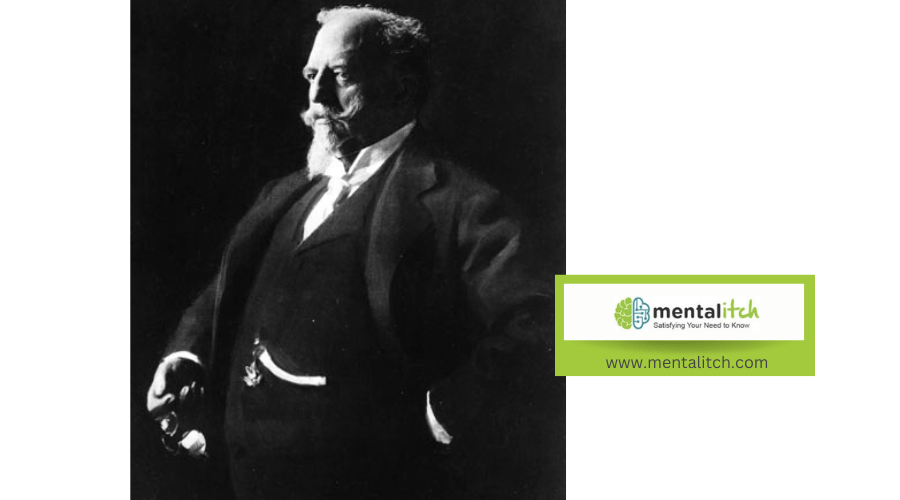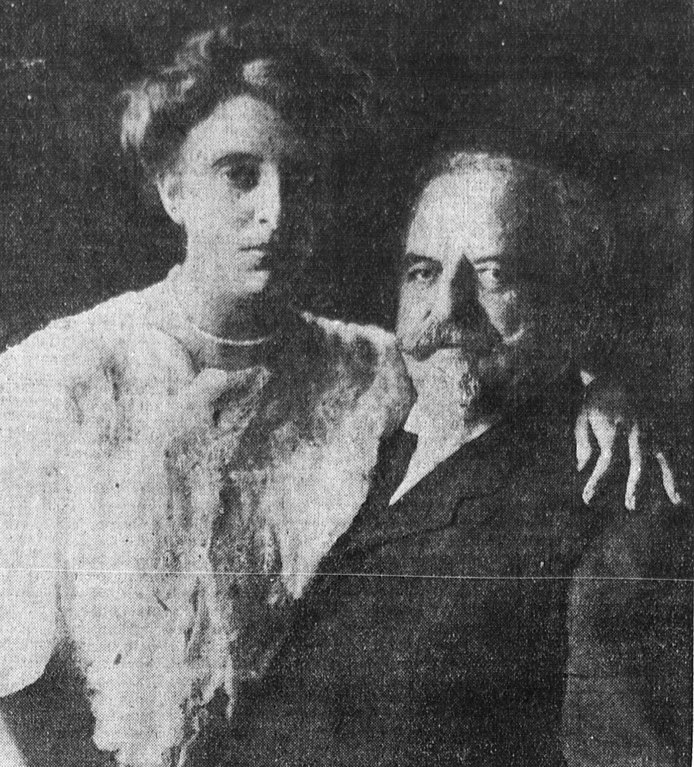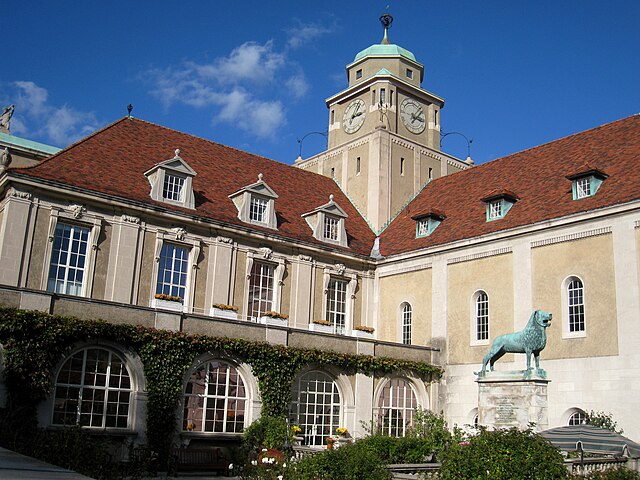Adolphus Busch was born on July 10, 1839, in Kastel, Germany, and later immigrated to the United States in 1857. His journey to becoming a brewing magnate began when he joined the E. Anheuser & Co. brewery in St. Louis, Missouri, which was owned by his father-in-law, Eberhard Anheuser. With a keen business acumen and innovative spirit, Busch quickly rose to prominence within the company.
Background
Adolphus Busch was the 21st of 22 children. His wealthy family operated a wholesale business dealing in winery and brewery supplies. Busch and his brothers received a quality education, and Adolphus graduated from the Collegiate Institute of Belgium in Brussels.
In 1857, at the age of 18, Busch emigrated with three of his older brothers to St. Louis, Missouri, a major destination for German immigrants in the nineteenth century. With so many siblings, Adolphus did not expect to inherit much of his father’s estate and had to forge his own path.
St. Louis, home to a large German immigrant population, offered a robust market for beer. The city’s natural resources—ample water supply from the river and numerous caves for cooling beer—were ideal for brewing.
Marriage and Children
Busch married Lilly Anheuser in 1861, marking a significant milestone in both his personal life and career. This union not only brought personal joy but also cemented a powerful business alliance, as Adolphus joined his father-in-law’s brewery, eventually transforming it into the world-renowned company we know today.
The couple was blessed with thirteen children, though only ten survived to adulthood. Adolphus and Lilly’s marriage was a partnership in both family and business. Their large family played an integral role in the future of the Anheuser-Busch company, with several of their children becoming involved in the brewery’s operations. Notably, their son August Anheuser Busch Sr. succeeded his father and continued to expand the family business, ensuring that the Anheuser-Busch legacy endured through the generations.
Innovations and Contributions
Adolphus Busch was instrumental in transforming the brewery into a national powerhouse. One of his key innovations was the introduction of pasteurization to the brewing process, which significantly extended the shelf life of beer. This allowed Anheuser-Busch to distribute its products over long distances, pioneering the concept of national beer distribution.
This innovation also allowed Busch to expand his operations by acquiring breweries in Texas, allowing for beer distribution to Mexico and California. Busch was also an early adopter of bottled beer and established the Busch Glass Company to manufacture bottles specifically for his products.
Busch was also a pioneer in refrigeration and the use of refrigerated rail cars, which further ensured the quality and freshness of his beer during transport. This innovation helped Budweiser become one of the first nationally distributed beers in the United States.
Marketing Genius
Understanding the importance of branding, Adolphus Busch created a strong identity for Budweiser. He focused on consistent quality and taste, which became the cornerstone of the brand’s reputation. Busch also invested heavily in advertising, using catchy slogans and memorable imagery to promote his beers. The “King of Beers” slogan, associated with Budweiser, is a testament to his marketing prowess.
Philanthropy and Legacy
Beyond his contributions to the brewing industry, Adolphus Busch was also known for his philanthropy. He supported numerous charitable causes and was involved in the development of St. Louis, funding hospitals, parks, and other public works.
Adolphus Busch’s legacy continues to influence Anheuser-Busch today. His innovative spirit, commitment to quality, and strategic vision laid the foundation for what would become the largest brewing company in the world. Through his efforts, Busch not only built a successful business but also left an indelible mark on the American beer industry.
Interesting Facts About Adolphus Busch
- Environmental Advocate: Busch’s brewery was one of the first to implement recycling practices for waste materials like grain and glass.
- Clydesdale Tradition: The famous Anheuser-Busch Clydesdales were introduced in 1933 to celebrate the repeal of Prohibition, a tradition started by the Busch family.
- National Historic Landmark: The Anheuser-Busch Brewery in St. Louis, Missouri, has been designated a National Historic Landmark for its architectural significance and contribution to the brewing industry.
- Busch Stadium: The home of the St. Louis Cardinals, named in honor of the Busch family, underscores their significant contribution to the local community and sports.
- Busch Gardens: The Busch family founded Busch Gardens theme parks, which continue to be popular attractions showcasing their legacy beyond brewing.
- St. Louis Walk of Fame: Adolphus Busch is honored on the St. Louis Walk of Fame, recognizing his contributions to the city and the brewing industry.
- Brewing Hall of Fame: Busch has been inducted into various brewing and business halls of fame, celebrating his innovation and leadership in the industry.
- Anheuser-Busch Archives: The company maintains extensive archives that document Busch’s innovations and the history of the brewery, serving as a valuable resource for historians and enthusiasts.
- Public Statues and Memorials: Statues and memorials honoring Adolphus Busch can be found in St. Louis and other locations, commemorating his contributions to the city and the brewing world.
- National Distribution: His innovations allowed Budweiser to become one of the first nationally distributed beers in the United States.
- Diversification: The company diversified into non-alcoholic products like ice cream and soft drinks.
Adolphus Busch passed away on October 10, 1913, but his impact endures. His name remains synonymous with innovation, excellence, and the enduring success of Anheuser-Busch.



